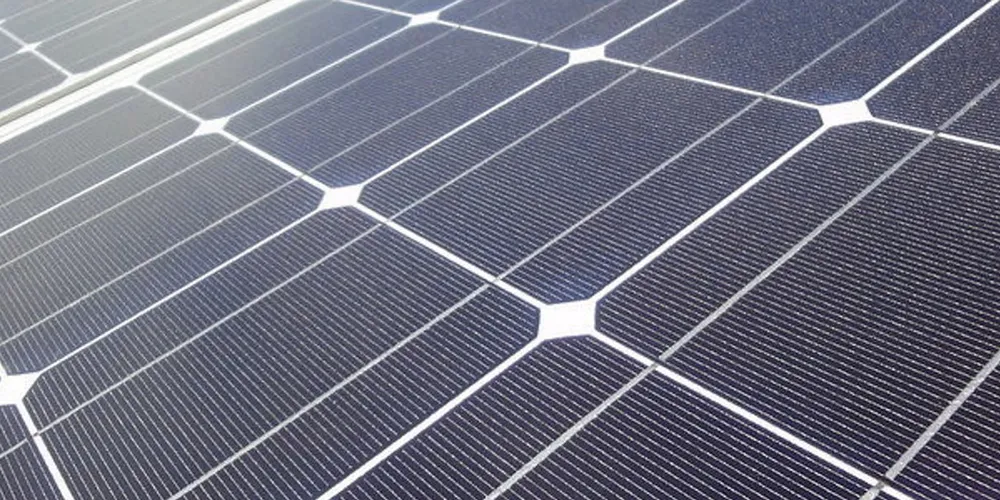Wind plus solar to outstrip global gas plant by 2023 off 'sprightly' post-Covid growth
Report from IHS Markit calculates $1.3trn will go into clean-energy by 2025 as renewables surge to account for 18% of worldwide electricity supply

Report from IHS Markit calculates $1.3trn will go into clean-energy by 2025 as renewables surge to account for 18% of worldwide electricity supply
